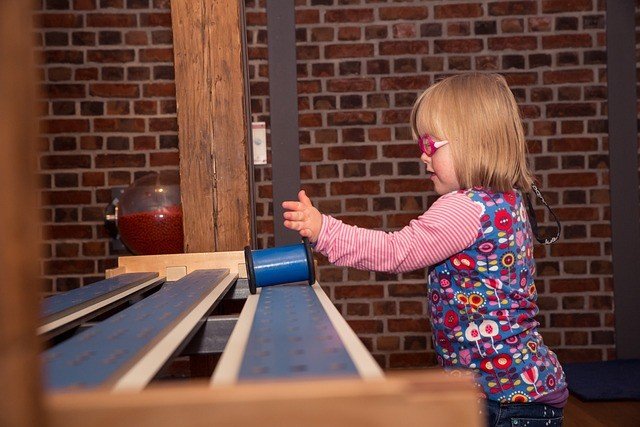Managing ADHD (Attention-Deficit/Hyperactivity Disorder) in children requires a comprehensive approach that combines various strategies. Here are some effective strategies for managing ADHD in children:
1. Education and Understanding
– Educate yourself, your child, and relevant caregivers about ADHD to better understand its symptoms, challenges, and treatment options.
– Work with healthcare professionals, educators, and support groups to gain insights and access valuable resources.

2. Structure and Routine
– Establish a structured and consistent daily routine to provide a sense of stability and predictability for the child.
– Set clear expectations and communicate them effectively to help the child understand their responsibilities and tasks.
3. Behavioral Interventions
– Implement behavior management techniques, such as positive reinforcement, rewards, and praise for desired behaviors.
– Use visual schedules, checklists, and reminders to help the child stay organized and focused.
4. Break Tasks into Manageable Chunks
– Break down tasks into smaller, more manageable steps to prevent overwhelm and improve focus.
– Provide clear instructions and guidance throughout the task completion process.
5. Organization and Time Management
– Help the child develop organization skills by providing tools such as calendars, planners, and labeled storage containers.
– Teach them how to prioritize tasks, set goals, and manage their time effectively.
6. Healthy Lifestyle Habits
– Encourage regular physical exercise, as it can help manage hyperactivity, improve focus, and reduce impulsivity.
– Promote a balanced diet that includes whole foods, healthy fats, and lean proteins to support brain function.
7. Effective Communication and Support
– Maintain open and supportive communication with the child, their teachers, and other caregivers.
– Collaborate with educators to create an individualized education plan (IEP) or a 504 plan to address specific needs and provide appropriate accommodations.
8. Medication and Therapy
– Consult with healthcare professionals to explore medication options when appropriate and monitor their effects on the child’s symptoms.
– Consider therapy options, such as behavioral therapy, cognitive-behavioral therapy (CBT), or social skills training to address specific challenges associated with ADHD.
9. Reduce Distractions
– Create an environment that minimizes distractions, such as noise, clutter, or visual stimuli.
– Provide a quiet study area and consider using noise-cancelling headphones, if necessary.
10. Encourage Breaks and Physical Movement
– Allow regular breaks during homework or studying to help the child release excess energy and improve focus.
– Incorporate physical movement breaks or activities throughout the day to provide an outlet for hyperactivity.
Remember, each child with ADHD is unique, and the strategies that work best may vary. It is important to work closely with healthcare professionals, educators, and support networks to develop an individualized plan that addresses the specific needs of the child. Consistency, patience, and ongoing support are key to effectively managing ADHD in children.









